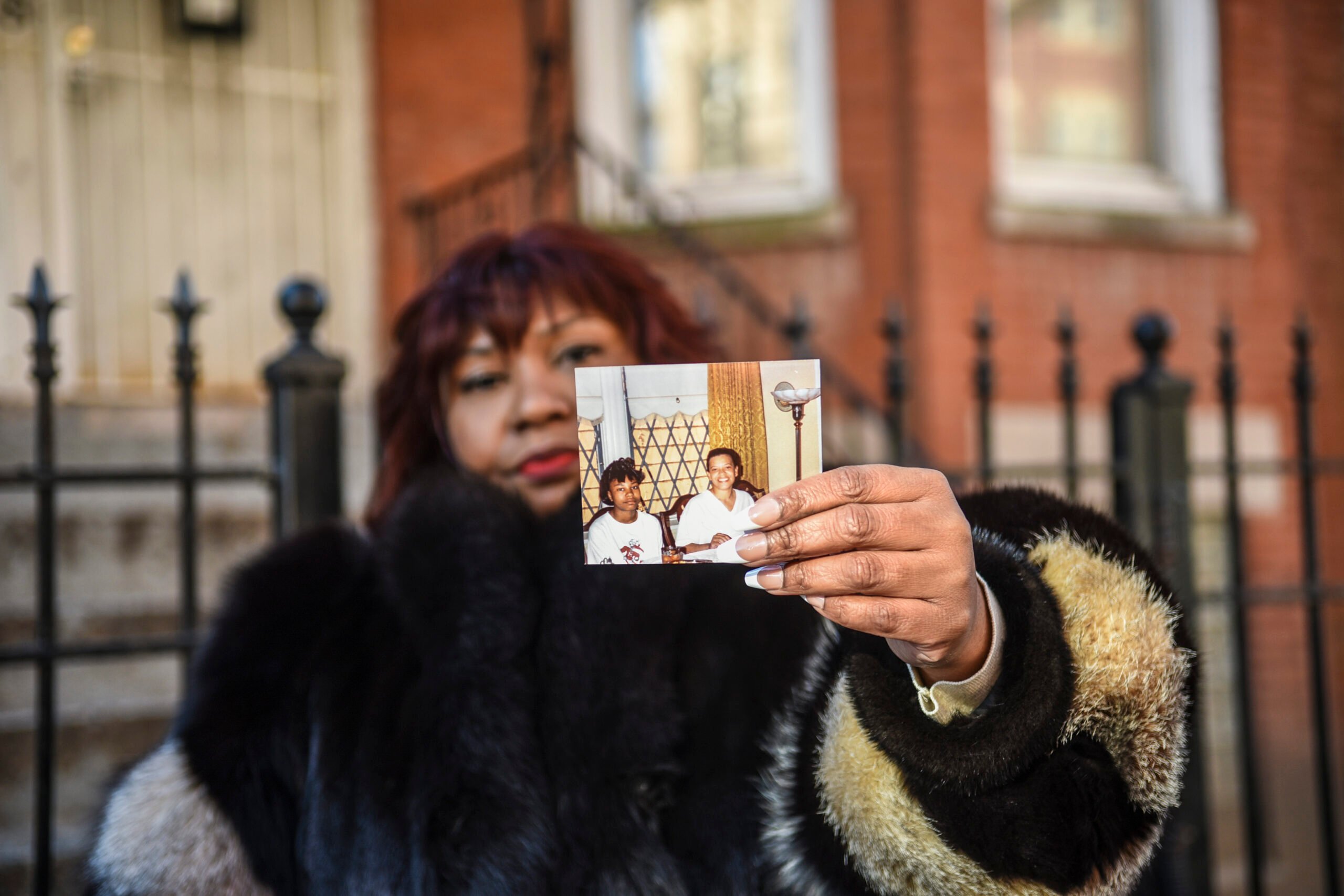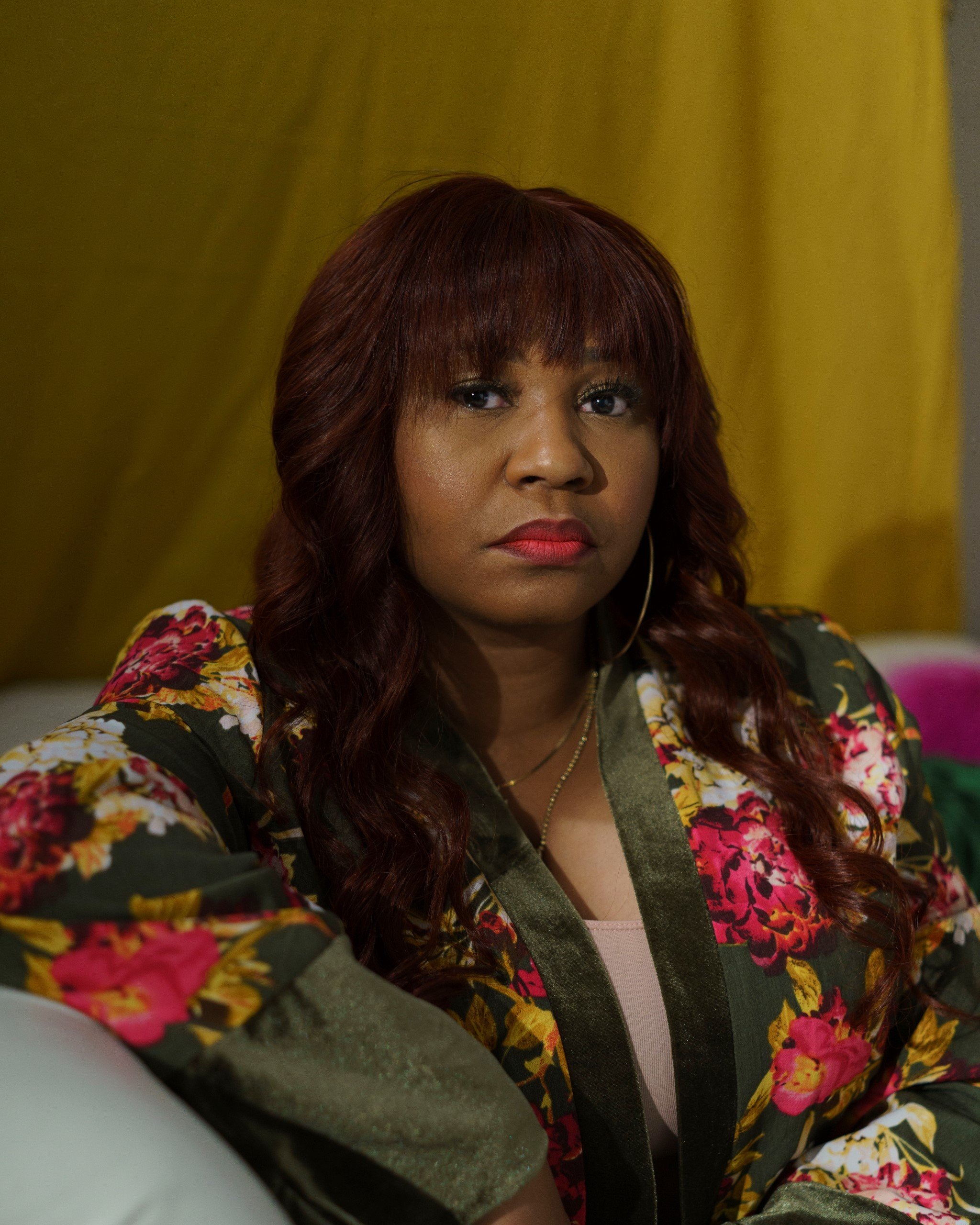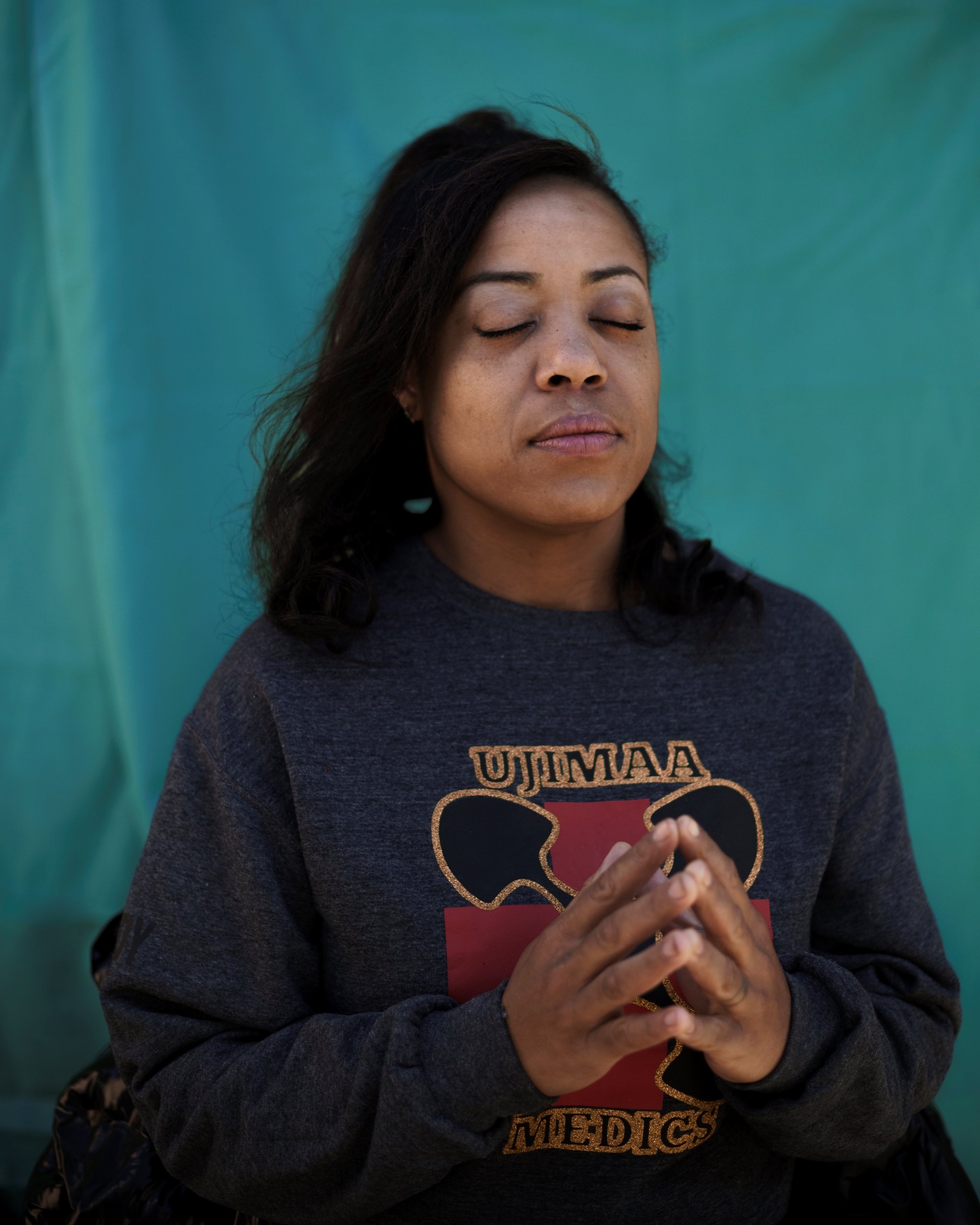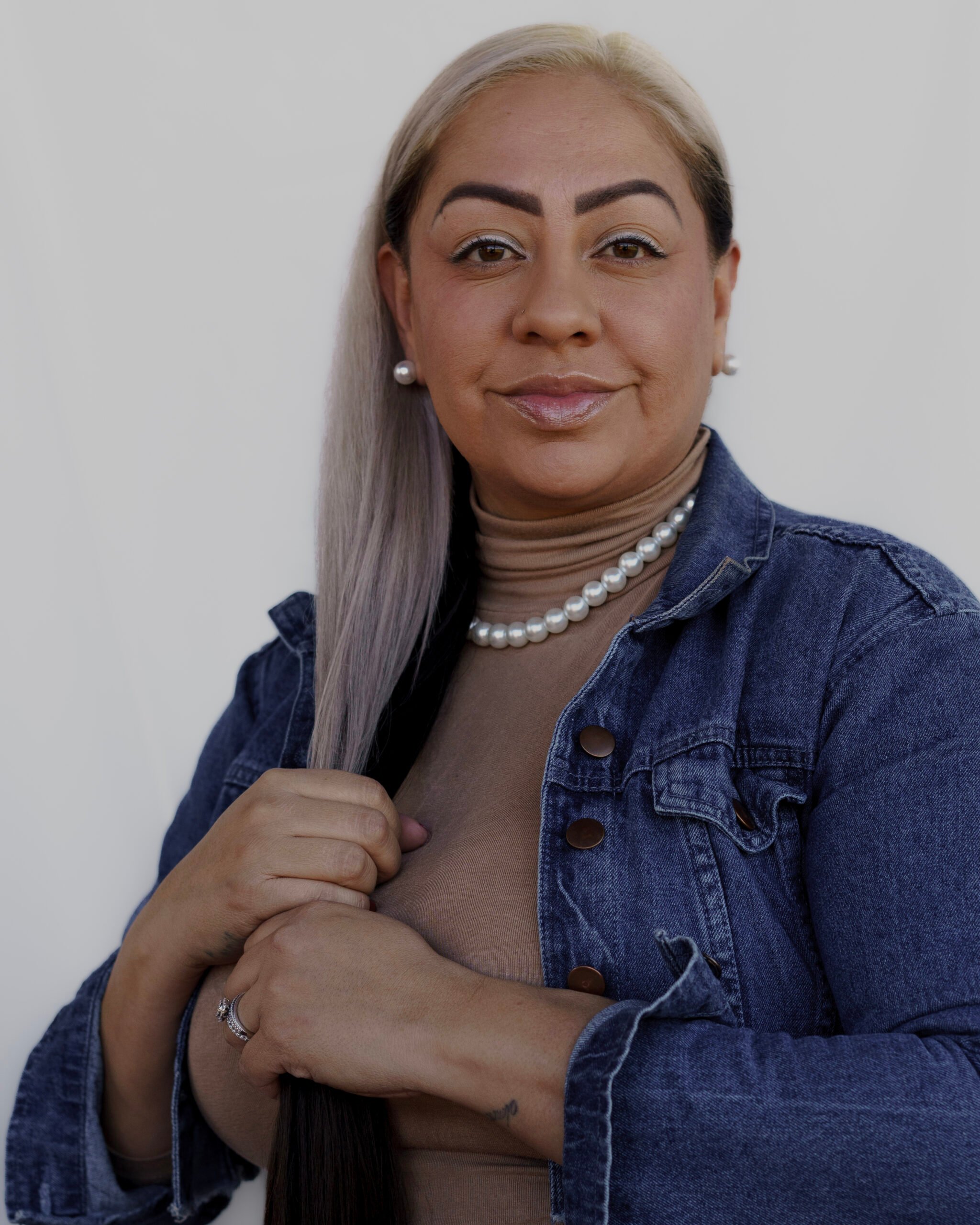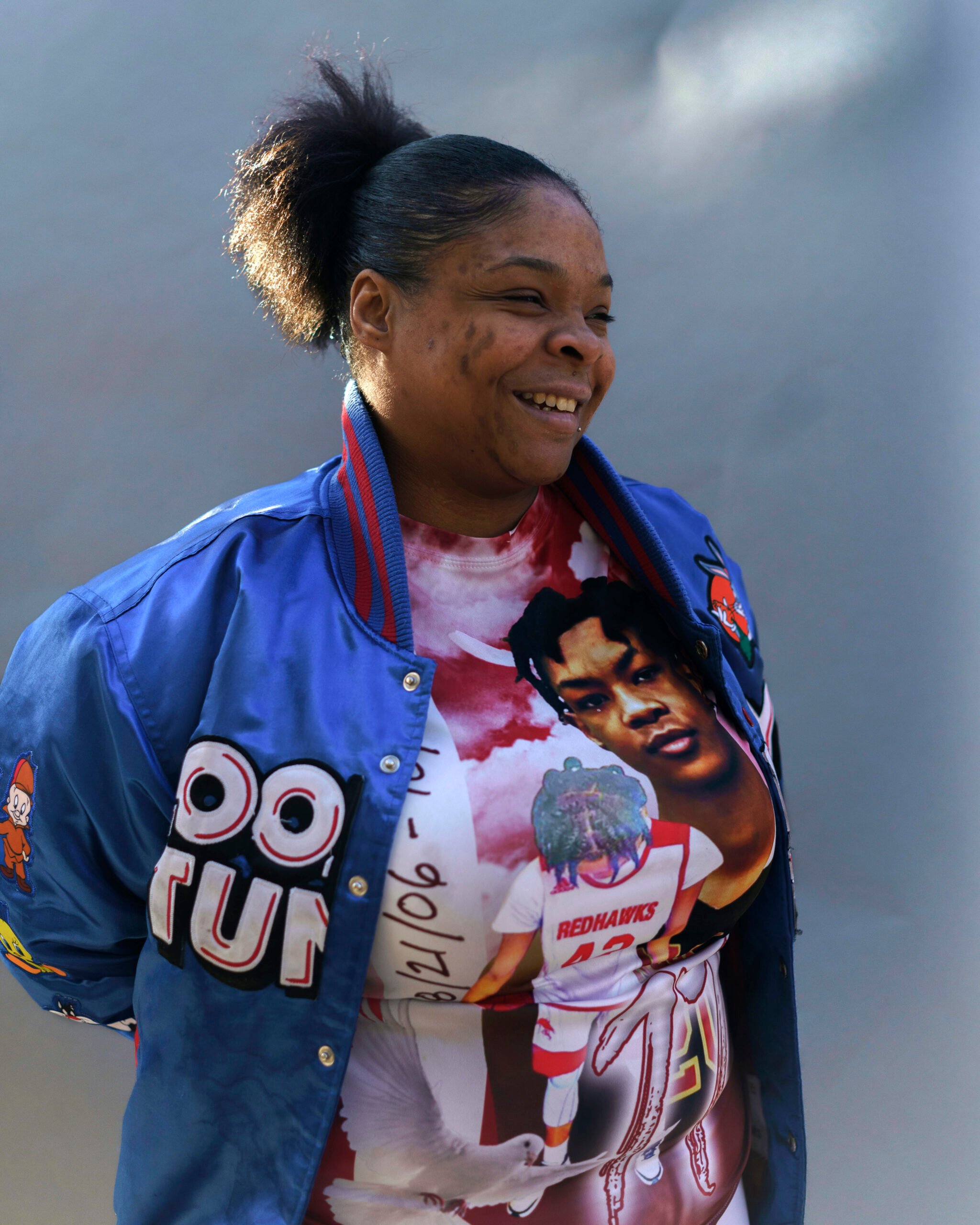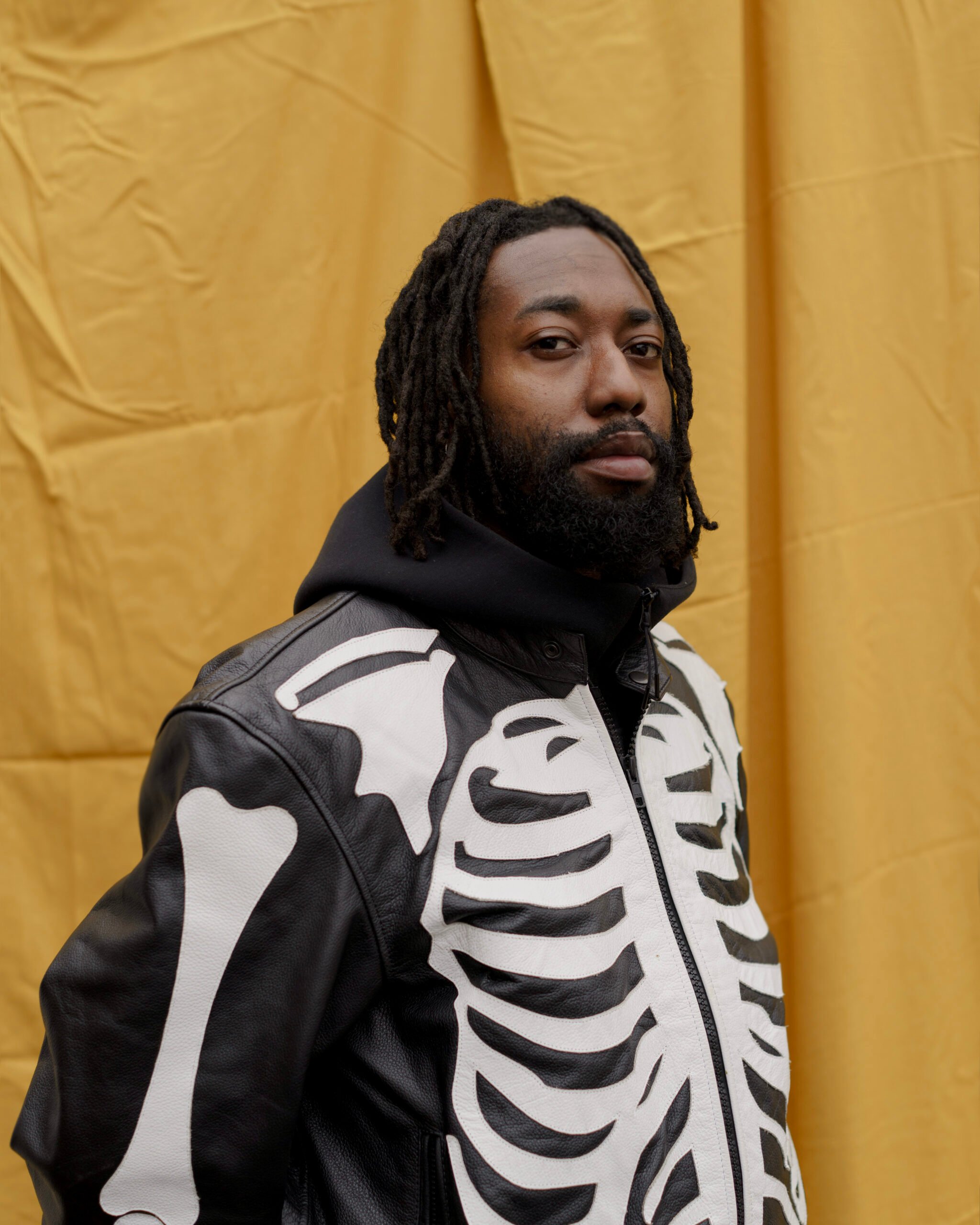This fall, I attended a support group for parents who’ve lost children, mostly to gun violence. The monthly gathering is hosted by Elizabeth Ramirez with Parents for Peace and Justice and Rincon Family Services. Eight parents, each at different phases in their grief, attended that night. Some were open about their children, the lives they lived, the things they accomplished, the dreams they left waiting. Others were more reserved, choosing to listen, searching for comfort from fellow travelers. One woman, C, shared something I hadn’t heard put into words before. When her son was killed, she wasn’t ready to not be his mother. Years later, she still wants to be his mother. She still is.
C’s comment made me reflect on the many ways that gun violence strips survivors of their agency, sending their lives in a direction they never could have imagined, and never would have chosen. How survivors are often forced to grapple with circumstances they did not choose. I often think about how we as media makers play a role in that loss of choice. Episodic crime stories are published every day in Chicago. In their attempt to cover nearly every homicide, reporters often boil people’s lives down to just a few details, often defining them by their deaths. I think about how little choice communities are given in deciding what their loved ones’ public narrative will be after they’re gone.
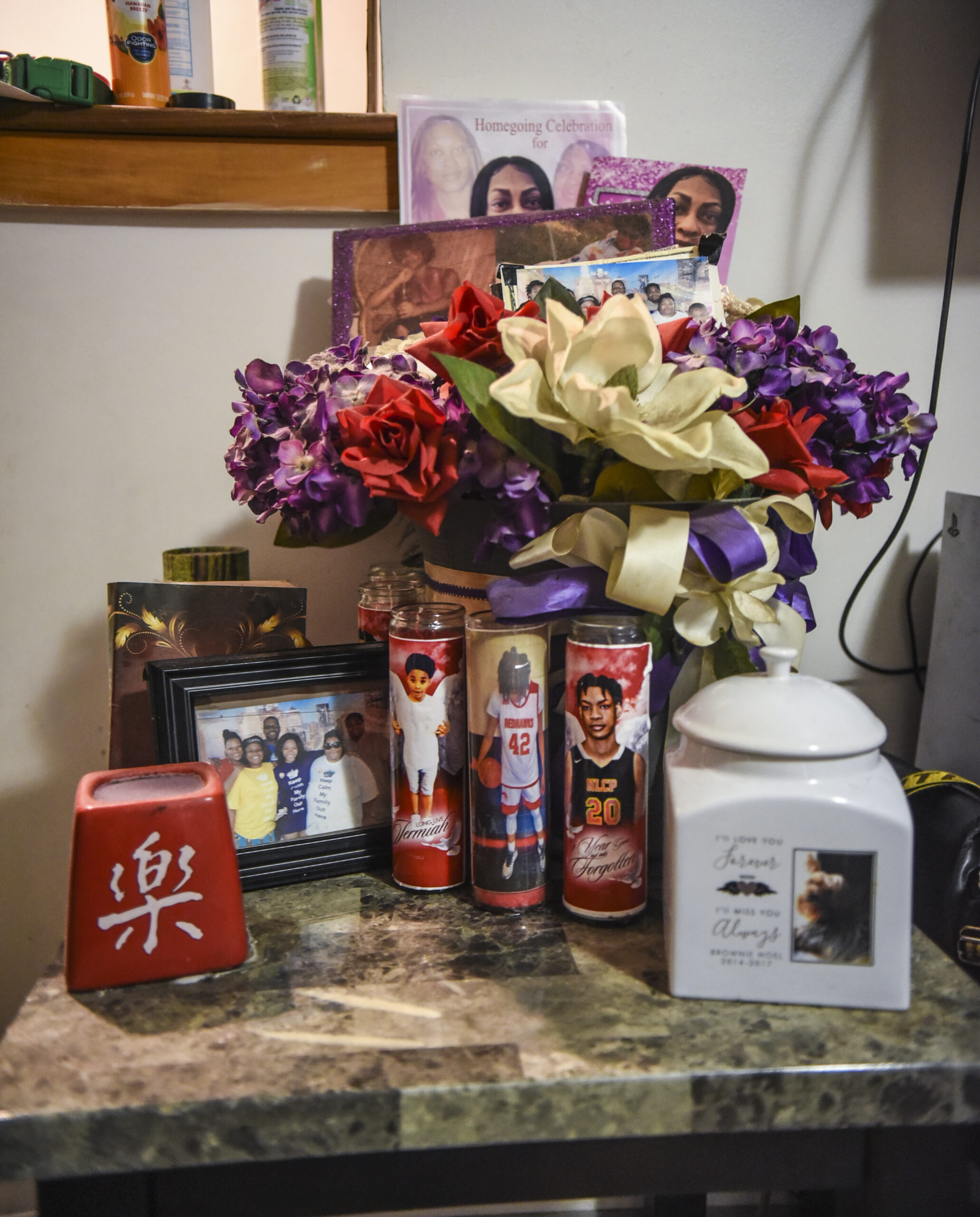
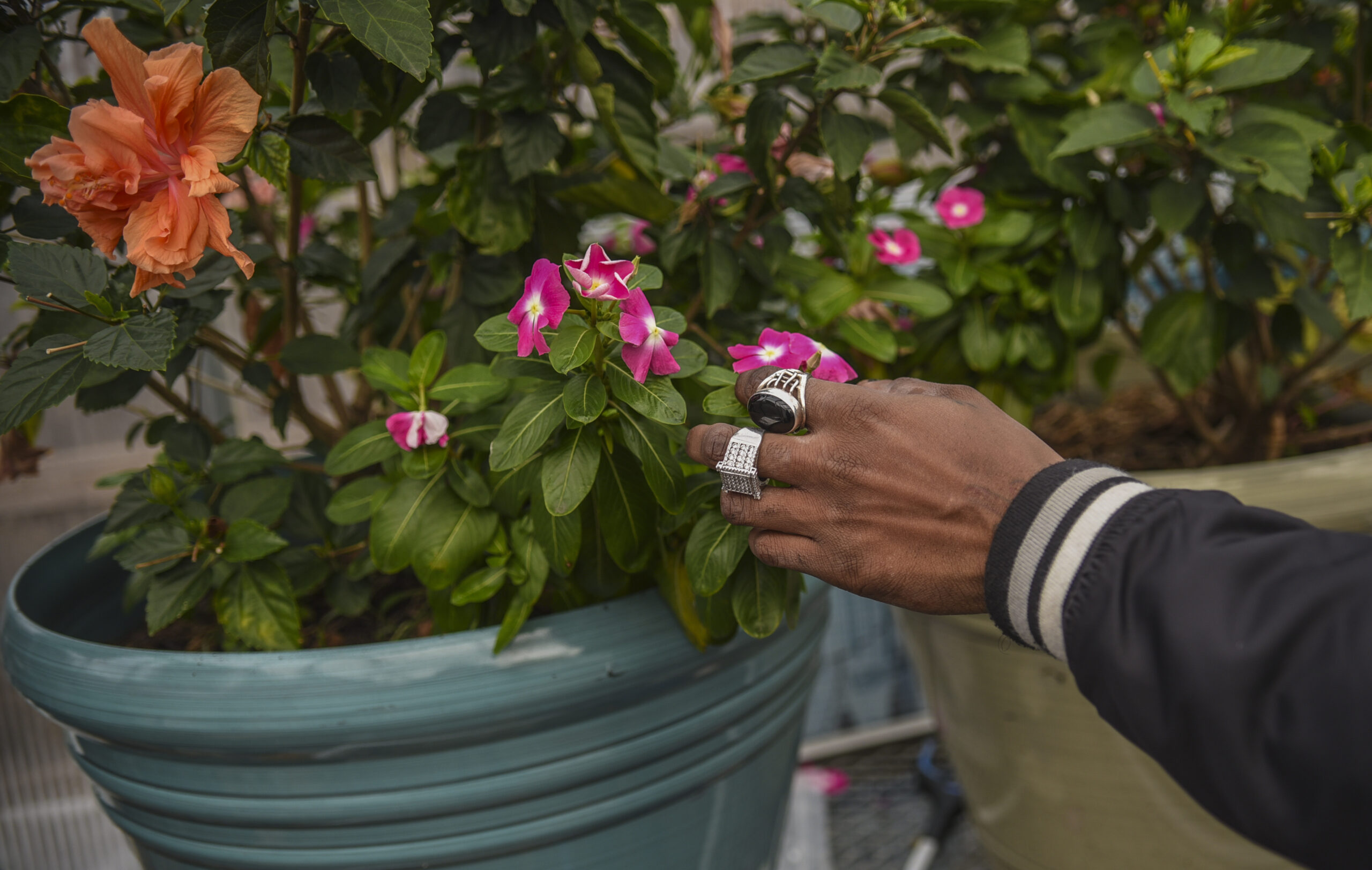
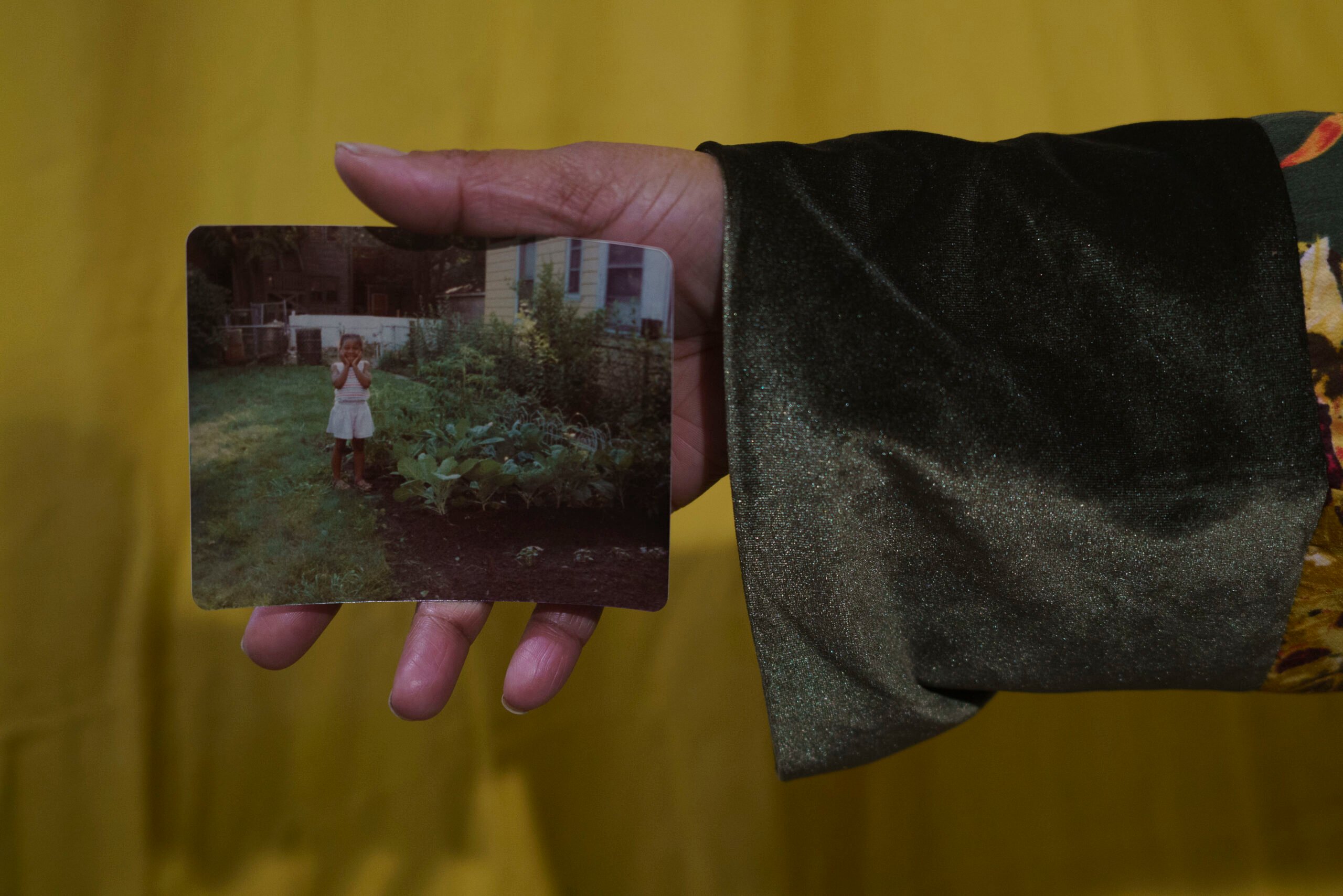
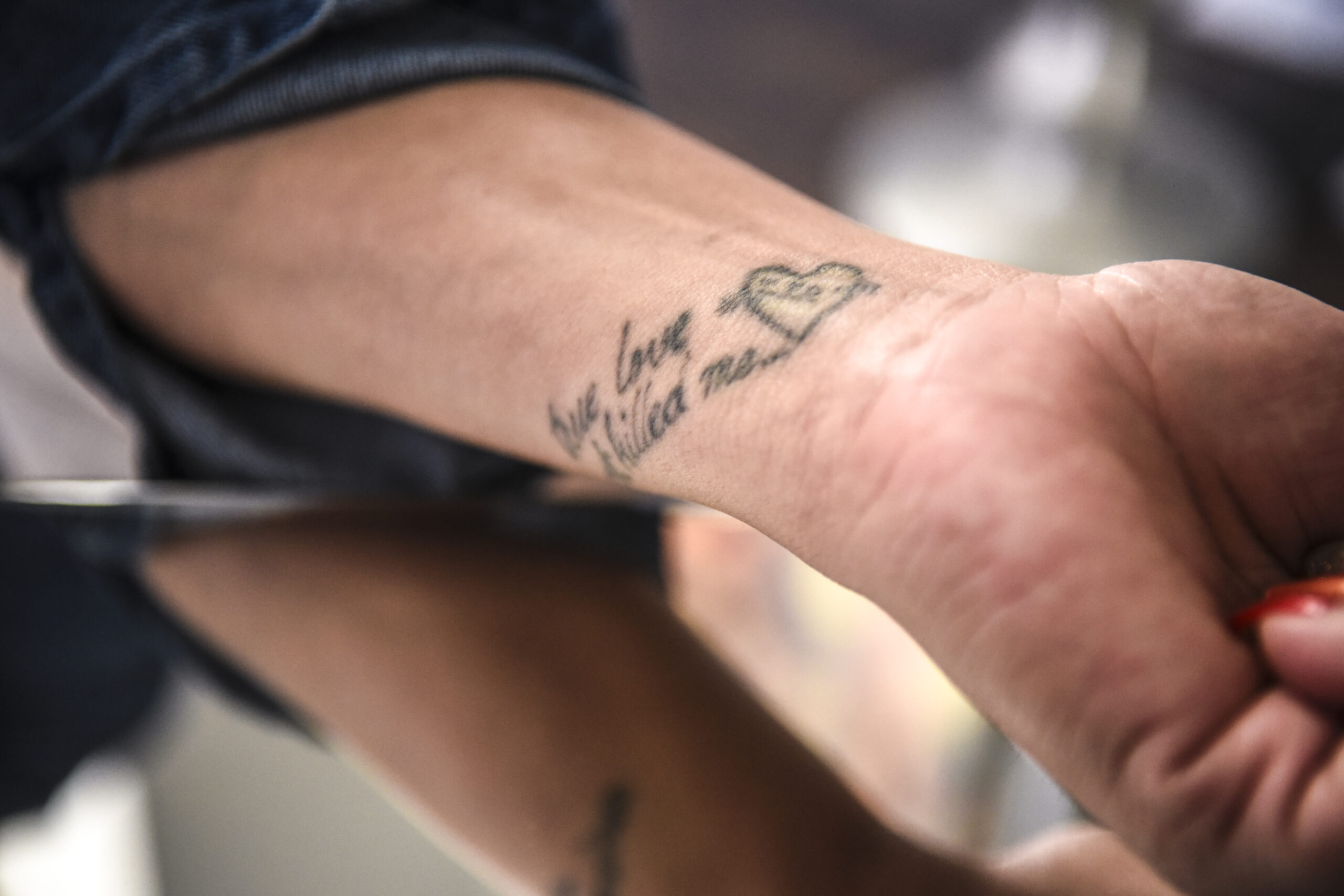
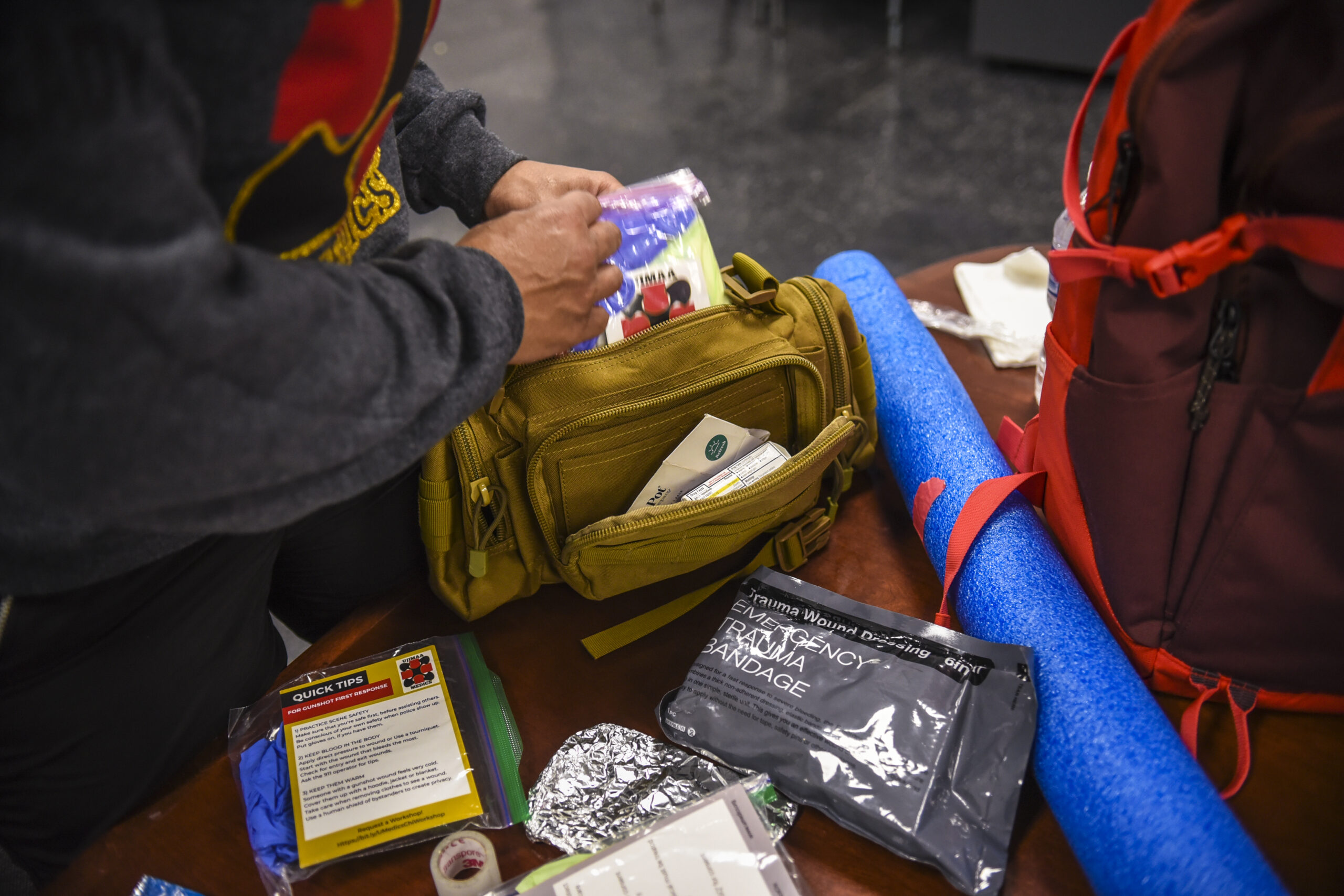
We asked ourselves: What would the story of gun violence in Chicago be if we allowed survivors to lead the way? So we created our Survivor Storytelling Network, with the goal of letting survivors decide.
This resulting collection of personal essays — part of a project we’re calling “Chicago Stories of Survival” — is the culmination of those ideas and more. The five writers in our inaugural cohort met together in person for 12 hours, where they learned personal essay writing skills and journalism basics. At these meetings, we discussed our perceptions of how the news media covers gun violence and how their personal essays might add nuance and texture to an issue that is often oversimplified. Each writer also received hours of one-on-one storytelling coaching, in which their stories were nurtured and blossomed. There, we talked a lot about writing. How do you write about yourself, but with an audience in mind? How are individual stories related to our collective understanding of this crisis? What words and phrases most effectively reflect your experience? Which ones do not?
I Left My Neighborhood Due to Gun Violence. How Many Others Have Done the Same?
The Healthcare System Failed Me
‘True Love Almost Killed Me’: On Life After Loss
My 16-Year-Old Was Shot and Killed. What Does Justice Look Like?
After I Was Shot, My Friends Wanted Retribution. I Chose Empathy.
We’re co-publishing “Chicago Stories of Survival” with an exciting group of media partners, including the Chicago Reader, the Chicago Sun-Times, South Side Weekly, and Block Club Chicago. The essays are the result of that months-long process, the difficult work of memory and deep emotions. Each essay offers a peek into the different ways gun violence contours and rearranges a life. Yes, they are stories about loss and grief. But they are also stories about redemption, love, regret, and our fluctuating ideas of justice.
In Jaree Noel’s essay, she chronicles her heartache during the first year without her son, Rishawn, and her frustration that his case is still unsolved. Knowing that her son is forever gone, she asks, what would justice even look like? Marlon English also examines ideas of justice. After years of community organizing and being involved in the streets, English realizes that, for him, justice cannot be provided from the carceral system.
Eroica Del Real recounts the loss of two partners to gun violence and how her time in prison set her on a journey to not only want to heal herself, but also those around her. Aja Johnson explores the relationship between gun violence and displacement, while Carla Johnson details how the lack of adequate healthcare for survivors makes recovery difficult.
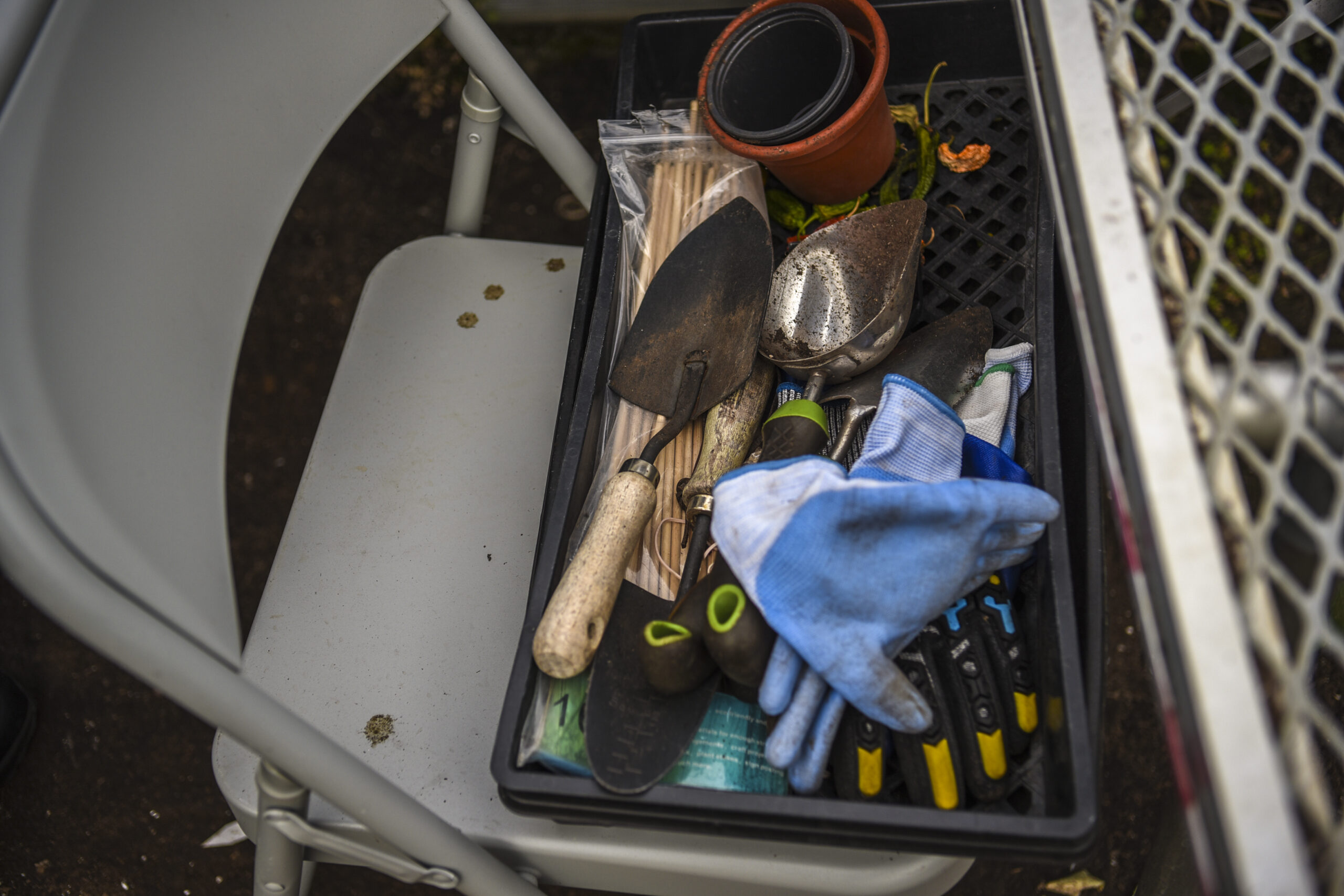
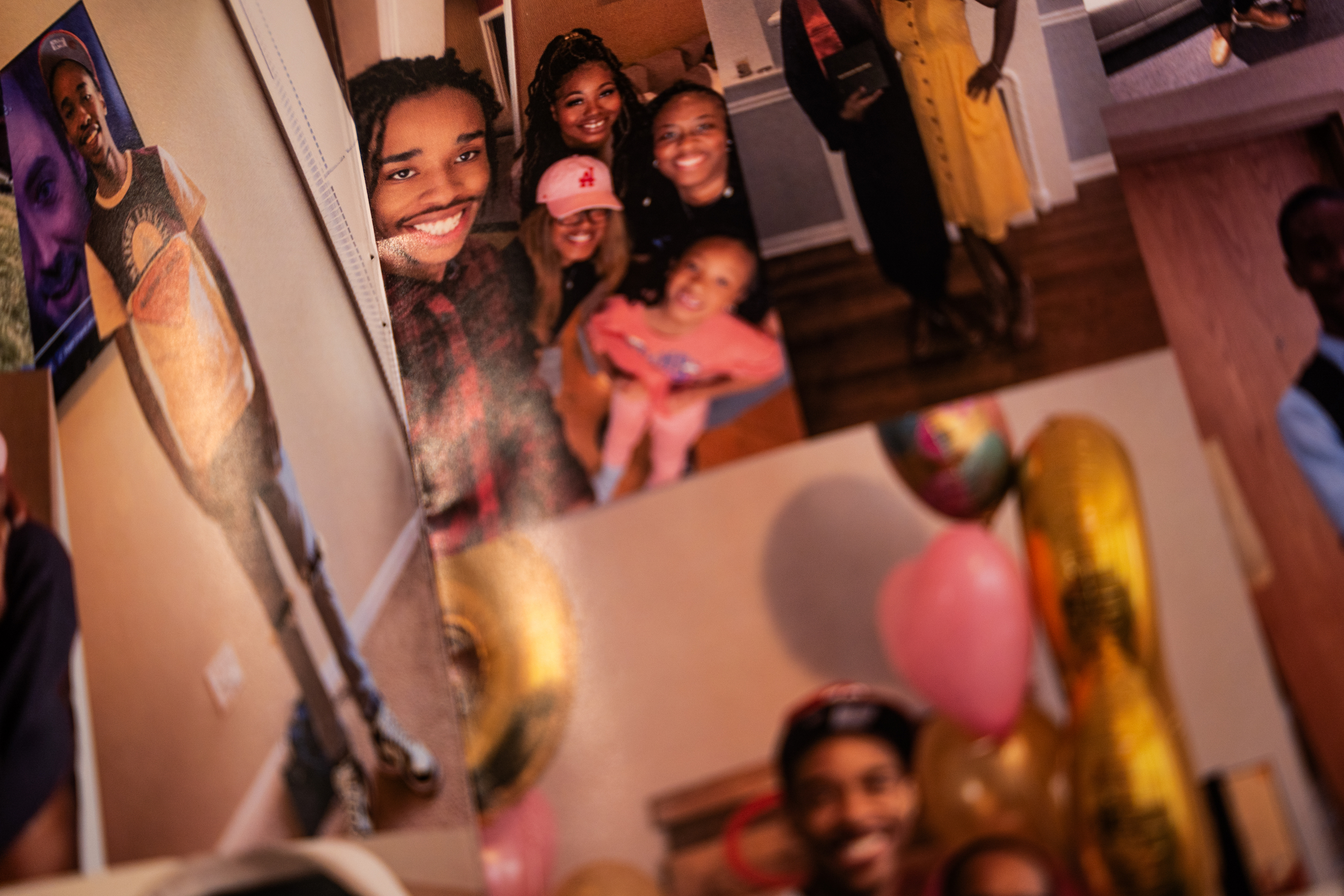
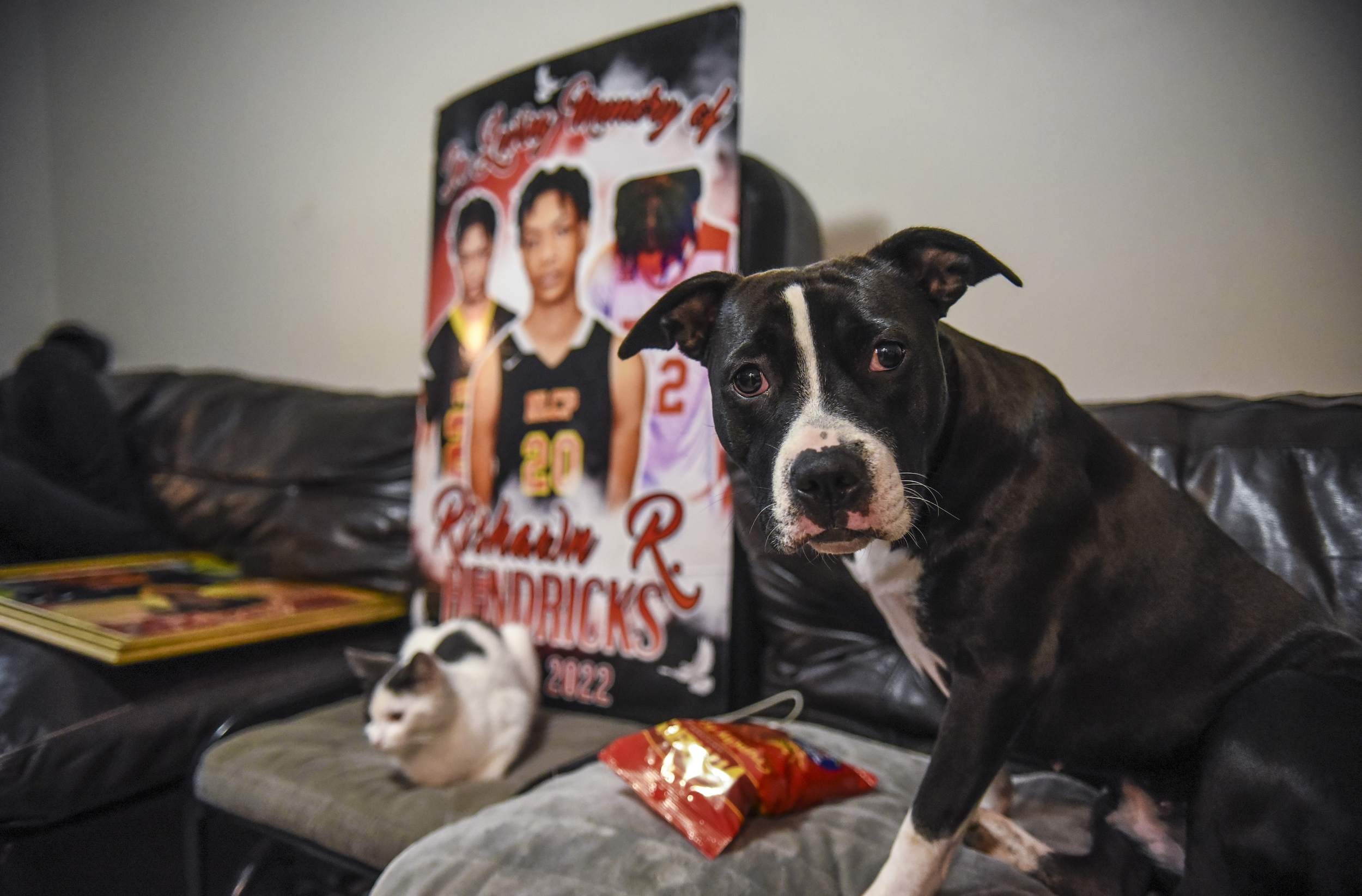
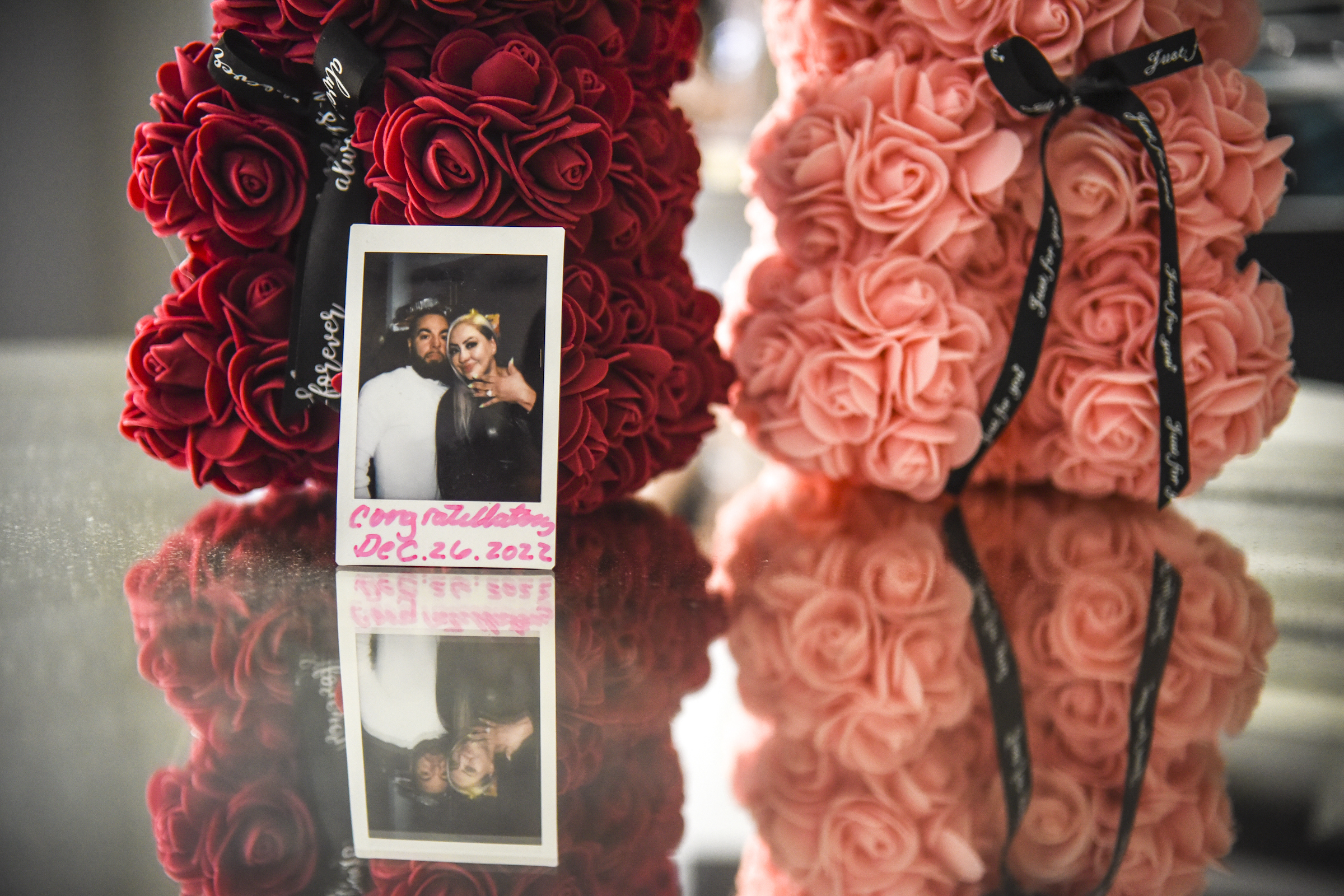
In addition to sharing personal narratives, part of this process was to see if we could put survivors into the driver’s seat of our reporting process. Based on what survivors shared, we began reporting out some related stories on victim’s compensation, clearance rates, and a guide for talking to survivors about their loss.
I am proud of each writer. It takes an incredible amount of courage to share your darkest, most vulnerable moments with others with the hope that, in doing so, you may find some peace. I’m thankful to them for allowing us to join them on this journey and to care for their stories. My hope is that through this project, readers will be able to witness a more complicated story of gun violence in Chicago from the people who know it most intimately. — Justin Agrelo, project editor
